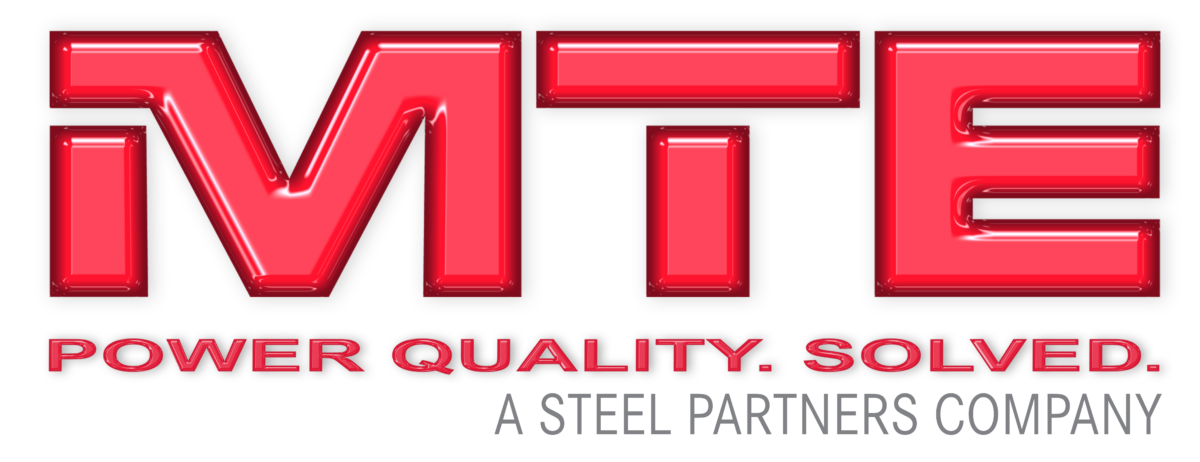How Siemens’ Customers Can Meet IEEE-519 Guidelines
IEEE-519 is a system guideline for setting limits on voltage and current distortion. This document outlines
the changes in IEEE-519 relative to harmonic mitigation.
ABOUT IEEE-519 2014 REVISION
The last version of the IEEE-519 standard is from 1992. Overall, the 2014 version has been simplified
when compared to the 1992 version. It relaxed the voltage distortion limits and provides further
clarification on the point of common coupling (PCC). It is important to understand that the need for
harmonic mitigation does not change, especially to ensure up time and productivity.
SUMMARY OF CHANGE
Voltage Distortion Limits
Although the voltage distortion limits have been changed, the current distortion limits remain the
same. Harmonic filters are designed to reduce current distortion, so the voltage distortion limit
relaxation does not change the fact that the harmonic filters are still critical for systems to comply with
the current distortion guidelines. See below for excerpts from the 1992 and 2014 revisions of IEEE-519.
IEEE-519 1992, Page 78, Table 10-2:
IEEE-519 2014, Page 6, Table 1:

Point of Common Coupling (PCC)
IEEE-519 is intended as a system specification. Harmonic filters and reactors can be deployed at key locations within the system to achieve compliance at the Point of Common Coupling (PCC). This is a clarification of the standard and is not new to the 2014 addition. It is still imperative to understand the critical locations to deploy harmonic mitigation solutions to keep productivity up and downtime to a minimum. See below for excerpt from IEEE-519 2014 revision.
IEEE-519 2014, Page 6, added paragraph 2:
The recommended limits in this clause apply only at the point of common coupling and should not be applied to either individual pieces of equipment or at locations within a user’s facility. In most cases, harmonic voltages and currents at these locations could be found to be significantly greater than the limits recommended at the PCC due to the lack of diversity, cancellation, and other phenomena that tend to reduce the combined effects of multiple harmonic sources to levels below their algebraic summation.
Harmonic Multiplier Limits
If low order harmonic components are kept below 25% of values in Table 2 (Current Distortion Limits, previously Table 10-3), then the limits on the higher order harmonic components are raised by the multiplier in Table 5. This table appears to be created to address a natural phenomenon that occurs in multi-pulse converters where the harmonic components are shifted up in the harmonic spectrum. This table has virtually no impact on the application of harmonic filters. See below for excerpt from IEEE-519 2014 revision.
IEEE-519 2014, Page 9, added Table 5 Recommended multipliers for increases in harmonic current limits:
About MTE Corporation
MTE Corporation is an international supplier of power quality solutions, including the industry leading Matrix® AP Adaptive Passive Harmonic Filter. MTE Corporation publishes this document as a way to understanding the changes in the IEEE-519 standards. It is not intended to serve as technical instruction or a replacement of the IEEE-519 standard.

